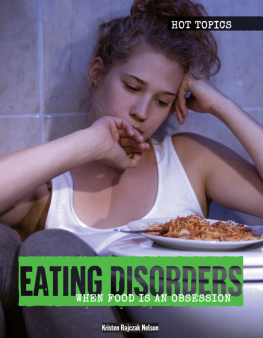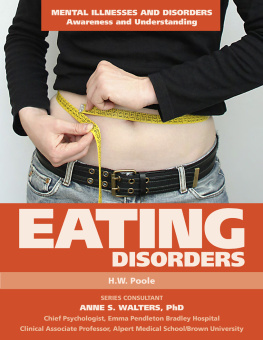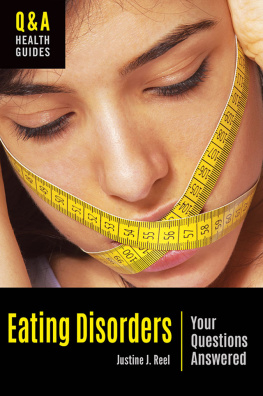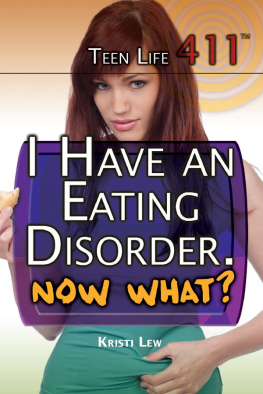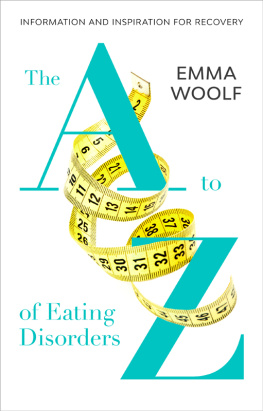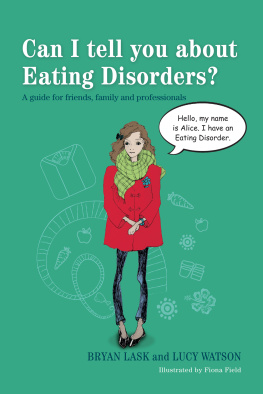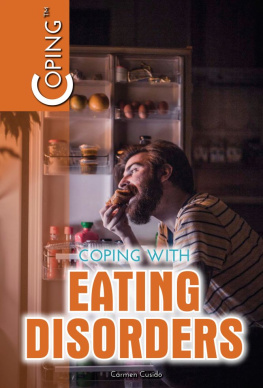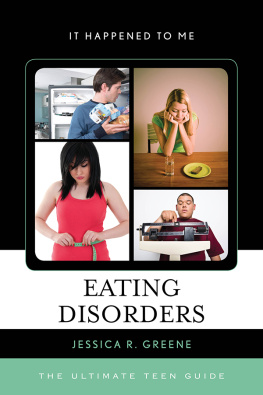E ating disorder experts can agree on one thing: The earlier someone with an eating disorder can be diagnosed and receive treatment, the better their chance for recovery. However, eating disorders often happen in secret or when sufferers believe no one is looking. Not everyone fits into a neat diagnostic category. Behaviors overlap between eating disorders as well as with other psychological disorders. These issues make diagnosis hard, and finding the proper treatment for someone with an eating disorder even harder. Furthermore, experts do not agree on what treatment is most effective. It may differ from one eating disorderand one patientto the next.

Therapy is an important part of eating disorder treatment.
Finding a Diagnosis
Before treatment can begin, an eating disorder must be diagnosed correctly. In the United States, eating disorders are diagnosed by medical doctors and mental health professionals such as psychologists and psychiatrists. They use a set of standards created by the American Psychological Association, called the Diagnostic and Statistical Manual of Mental Disorders (DSM). The DSM is updated every few years to include the newest research and treatment information available. It may change diagnosis criteria or names of disorders when it is updated. The current version is the Diagnostic and Statistical Manual of Mental Disorders, Text Revision (DSM-V-TR). This manual contains the criteria for identifying a wide variety of disorders of thoughts, feelings, and behaviors. Currently, the DSM-V-TR is generally agreed to be the best tool available for recognizing and labeling mental and emotional problems. The DSM-V-TR includes a section called feeding and eating disorders. As a group, these are defined as disorders in which eating or eating-related behavior is continuously disturbed so much that a person cannot take in and absorb the nutrients in food normally, resulting in health or psychological problems.
The DSM-V-TR recognizes four major classifications, and one other classification, of eating disorders: anorexia nervosa, bulimia nervosa, binge eating disorder, other specified feeding or eating disorder (OSFED), and one used in special situations called unspecified feeding or eating disorder.
Diagnosing Anorexia Nervosa
In order to be diagnosed with anorexia, a person must display three main criteria. First, the patient must have a low body weight for his or her age, sex, health, and growth and development. He or she must have achieved this low weight by taking in too little food through restriction of some kind. Next, the patient must also show a fear of weight gain or continue to engage in behavior that makes gaining weight difficult. Finally, an individual must have a distorted body image, including that he or she is unable to recognize how low his or her body weight is.
When diagnosing anorexia, doctors have to say whether it is the restricting type or the binge/purge type. In the DSM-V-TR, these are determined by how recently someone with anorexia has binged or purged. Someone diagnosed with restricting type anorexia will not have binged and purged within the previous three months and is more likely to be maintaining a low body weight by food restriction and exercise. The binge eating/ purging type of anorexia is diagnosed when someone has been binge eating and purging within the last three months.

People with restricting type anorexia are likely to exercise too much as a way to keep their weight down.
In past editions of the DSM, anorexia could only be given as a diagnosis when a patient was below 85 percent of the suggested body weight for height, age, and sex. The DSM-VTR gives guidelines for doctors trying to determine what low weight means in a patient. It tells doctors to consider how a child should be growing and whether he or she is meeting weight requirements for development. It suggests looking at a persons BMI. However, the manual also acknowledges that figuring out if a persons weight is low enough for diagnosis can be hard and simply tells doctors to consider the many factors that can be part of weight, including body build, weight history, and more. This recent change to the diagnosis of anorexia should be helpful in diagnosing more people with the disorder and catching it sooner.
Doctors make a diagnosis of anorexia nervosa by conducting a medical examination, interviewing the patient and family members, and by administering psychological tests that ask about eating behaviors and self-image. A doctor diagnoses anorexia only if the patient meets all the criteria listed in the DSM-V-TR.
Diagnosing Bulimia Nervosa
According to the DSM-V-TR, bulimia is characterized by binge eating followed by frequent purge behaviors to prevent weight gain, including purposely throwing up, fasting, over-exercising, and misusing laxatives and diuretics. It also defines what a binge looks like:
1.Eating, in a discrete period of time (e.g., within any 2-hour period), an amount of food that is definitely larger than what most individuals would eat in a similar period of time under similar circumstances.
2.A sense of lack of control over eating during the episode (e.g., a feeling that one cannot stop eating or control what or how much one is eating).17
In order to be diagnosed with bulimia, someone must be bingeing and purging in some way at least once a week on average for three months. Like the anorexia diagnosis, the bulimia diagnosis also includes that the patient is very concerned with body weight and shape. Furthermore, before a bulimia diagnosis is given, anorexia of the binge/purge type should be ruled out.
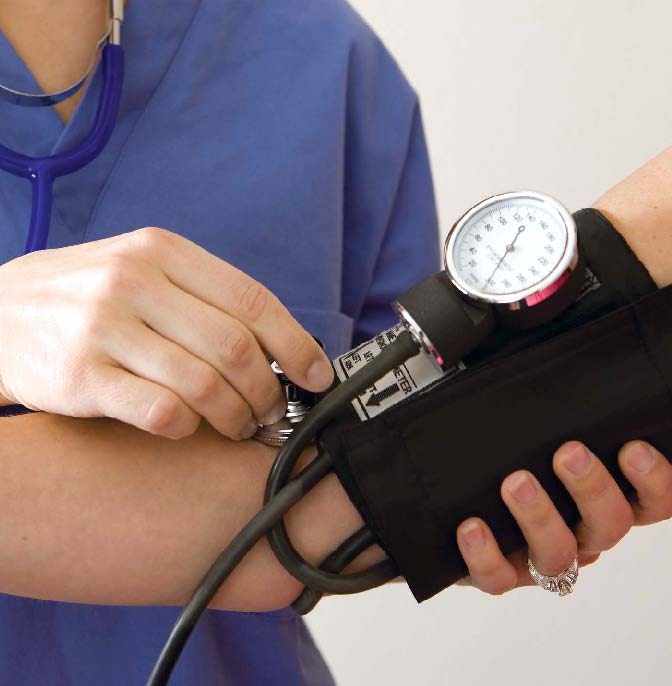
Before an eating disorder is diagnosed, other medical explanations for low weight or other problems, such as low blood pressure, have to be ruled out.
Binge Eating Disorder
When diagnosing for binge eating disorder, doctors are looking for five traits in patients. The first is frequently occurring binge eating, which is defined in the same way as the bulimia diagnosis. The second has to do with what the binges are like. The periods of binge eating must have at least three of five characteristics: fast eating, causing a feeling of being too full for comfort, eating a lot when not hungry, feeling lonely and embarrassed by the amount of food being eaten, and feeling guilty and ashamed by the behavior. Next, patients must be upset about their binge eating. In a binge eating diagnosis, the binges are not followed by the kind of purging behaviors of other eating disorders. Lastly, in order to receive a binge eating diagnosis, one must be bingeing at least once a week for three months on average.
The New Eating Disorder
Since the mid-1990s, another eating disorder has begun coming to light. Experts have named it orthorexia, though it is not a diagnosis included in the DSM-V-TR. Orthorexia is defined as being obsessed with eating healthy according to a set of guidelines, which can be different from person to person. Sufferers get very upset when they are not able to stick to their guidelines. They claim to strive for the best possible health, but often they lose weight from eating so restrictively.

